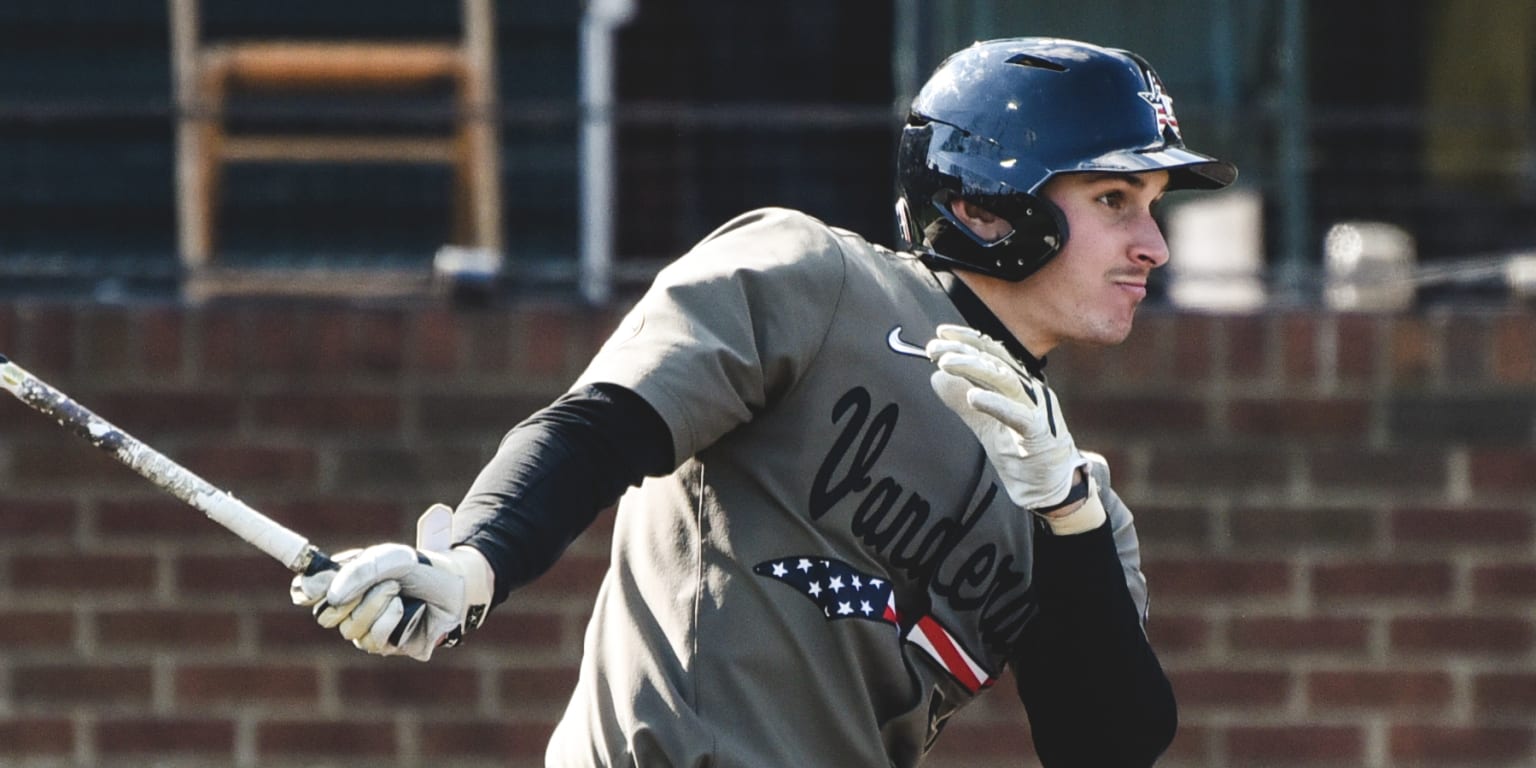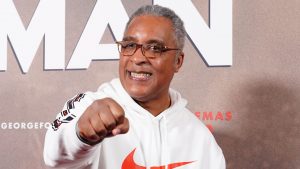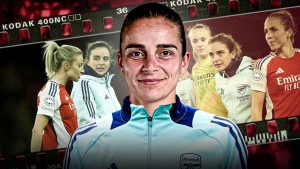Tigers shifting draft focus to offense


BALTIMORE — The Tigers have built their rebuilding project around pitchers, spending their past four first-round Draft picks on starters. They’ve been searching far and wide for impact hitters to go with all those arms, from later Draft picks to trades to international signings.
The way this year’s MLB Draft
BALTIMORE — The Tigers have built their rebuilding project around pitchers, spending their past four first-round Draft picks on starters. They’ve been searching far and wide for impact hitters to go with all those arms, from later Draft picks to trades to international signings.
The way this year’s MLB Draft lines up, their search might finally be over.
It’s not that the Tigers have intentionally ignored hitting all these years. Though Detroit’s front office has operated for the past two decades with the idea that an organization can never have enough pitching, it has also entered each Draft looking to take the best player available. For the past four years, that best available player has been a pitcher, including top overall pick
The 2019 Draft will take place tonight through Wednesday beginning with tonight’s Draft preview show on MLB Network and MLB.com at 6 ET. MLB Network will broadcast the first 41 picks (Round 1 and Competitive Balance Round A), while MLB.com will stream all 78 picks on Day 1. MLB.com will also provide live pick-by-pick coverage of Rounds 3-10 on Day 2, beginning with a preview show at 12:30 p.m. ET. Then, Rounds 11-40 can be heard live on MLB.com on Day 3, beginning at noon ET.
Go to MLB.com/Draft to see the Top 200 Prospects list, mock Drafts from MLB Pipeline analysts Jim Callis and Jonathan Mayo, the complete order of selection and more. And follow @MLBDraft on Twitter to see what Draft hopefuls, clubs and experts are saying.
Here’s how the Draft is shaping up for the Tigers, whose first selection is the fifth overall pick.
In about 50 words
The Tigers should have their choice of bats. Depending on how the four picks line up, they could end up with the best pure hitter available. If so, he could break the arms buildup in Detroit’s prospect rankings. MLB Pipeline’s top three Tigers prospects are starting pitchers.
What they’re saying
“[All-Stars and franchise players] come from all places in the Draft. That’s why the Draft is so exciting, and that’s why everybody can look at it today and analyze it five or six years from now. In our case, we can only do one thing: We can do our job diligently throughout the year and listen to our scouts and analytics and make the best decision.” — Tigers general manager Al Avila, on Draft history
Who might they take?
Mock Drafts have been all over the place with their projected Tigers picks, largely thanks to projections for the picks ahead of them. The one consistency has been the lean toward a position player. While high school outfielder Riley Greene has been the most frequent name in MLB Pipeline’s mock Drafts from Callis and Mayo this month, other names mentioned have included Vanderbilt outfielder JJ Bleday — who played travel ball in Michigan as a kid — Arizona State outfielder Hunter Bishop and Cal slugger Andrew Vaughn.
Though Vaughn is positionally limited to first base, his hitting resume in college has been outstanding. If he’s available, the Tigers could snag him and worry about position later. Otherwise, it’s likely a question of Greene or Bleday.
Money matters
Under the Collective Bargaining Agreement, each team has an allotted bonus pool equal to the sum of the values of that club’s selections in the first 10 rounds of the Draft. The more picks a team has, and the earlier it picks, the larger the pool. The signing bonuses for a team’s selections in the first 10 rounds, plus any bonus greater than $125,000 for a player taken after the 10th round, will apply toward the bonus-pool total.
Any team going up to five percent over its allotted pool will be taxed at a 75 percent rate on the overage. A team that overspends by 5-10 percent gets a 75 percent tax plus the loss of a first-round pick. A team that goes 10-15 percent over its pool amount will be hit with a 100 percent penalty on the overage and the loss of a first- and second-round pick. Any overage of 15 percent or more gets a 100 percent tax plus the loss of first-round picks in the next two Drafts.
The Tigers have a bonus pool of $10,402,500 for the first 10 rounds, ninth-highest among all clubs. Detroit’s top pick carries a slot value of $6,180,700, but they’ve tried in recent years to sign their top picks for slighly less than slot value in order to go over slot with a later pick or two.
Shopping list
While the Tigers have stockpiled middle infielders and athletic outfielders in recent Drafts, they haven’t had much success at first base, often moving players there from other infield positions. If the Tigers don’t get Vaughn with their top pick, they could still go with a power bat later with the hope of fitting him at first. The Tigers could use power bats at other positions, too, having favored athleticism in recent years.
Trend watch
Every few years, the Tigers spend a handful of second- and third-day picks on college pitchers they believe could be relief candidates. They went heavy on relief arms in 2016, grabbing current relief prospects Mark Ecker, Bryan Garcia, Zac Houston and John Schreiber. All but Ecker are now listed among MLB Pipeline’s Top 30 Tigers prospects. They did the same in ’13 and drafted
Recent top picks
2018: Casey Mize, RHP (Double-A Erie)
2017:
2016: Matt Manning, RHP (Erie)
2015: Beau Burrows, RHP (Triple-A Toledo)
2014: Derek Hill, OF (Erie)
Jason Beck has covered the Tigers for MLB.com since 2002. Read Beck’s Blog and follow him on Twitter @beckjason.








